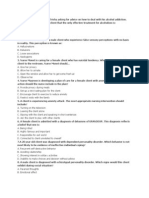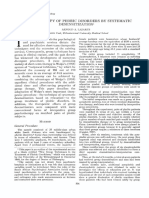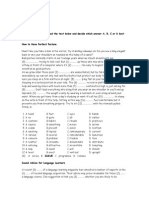0% found this document useful (0 votes)
11 views12 pagesTitle: Confronting Phobias: Insights From "Deep Water" Introduction (Approx. 800 Words)
Uploaded by
cagob51325Copyright
© © All Rights Reserved
We take content rights seriously. If you suspect this is your content, claim it here.
Available Formats
Download as DOCX, PDF, TXT or read online on Scribd
0% found this document useful (0 votes)
11 views12 pagesTitle: Confronting Phobias: Insights From "Deep Water" Introduction (Approx. 800 Words)
Uploaded by
cagob51325Copyright
© © All Rights Reserved
We take content rights seriously. If you suspect this is your content, claim it here.
Available Formats
Download as DOCX, PDF, TXT or read online on Scribd
/ 12























































































